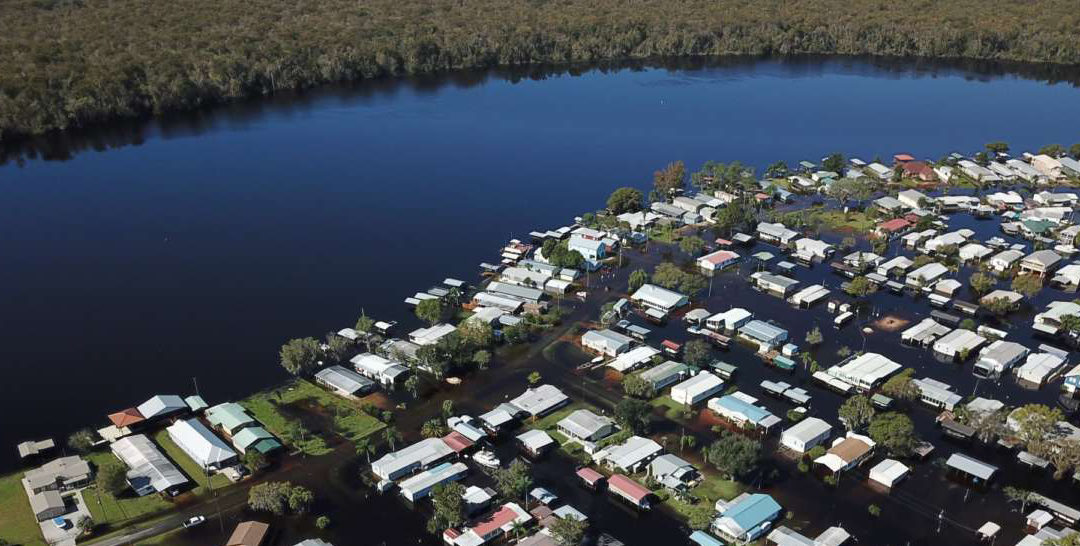Communities up and down the St. Johns are unfortunately still struggling to recover from the aftermath of Hurricane Ian. The devastating storm poured as much as 20 inches of rain in the upper and middle basins of the St. Johns nearly two weeks ago, flooding hundreds of homes and businesses.
While river levels have crested in most areas, major flooding continues in Lake Harney, Geneva, Sanford, Deland and Astor. State Road 46 and many secondary roads remain impassable. Parts of the St. Johns could remain above flood stage through Thanksgiving. We recently had to cancel our upcoming Eco-Heritage Boat Trip due to flooding damage and high waters in Volusia County.
Hurricane Ian also undermined sewage systems, spilling millions of gallons of sewage into our waterways. Residents in Sanford are being asked to limit water usage due to so much water still infiltrating sewer systems.
As we have reported before, more intense and more frequent storms can have a devastating impact to the health of our river. Sewage spills and pollution that runs off in our waterways increases the likelihood of harmful toxic algae outbreaks. Rising sea levels are making storm surge events worse, causing more septic tanks to fail, undermining infrastructure, pushing saltwater further upstream, and threatening the health of our river and our communities.
Ian provided a sobering reminder of just how vulnerable our communities and waterways are to major storm events and the climatic changes that are making these storms more intense and dangerous.
We are also reminded about the importance and urgency of investing in strategies that will address the causes of climate change while making our community and our river more resilient.
In the aftermath of the storm, Florida must begin to face the consequences of a warming planet, poor planning, the loss of wetlands and natural systems, and insufficient or failing infrastructure. Too much is at stake – our waterways, our homes, our lives – to continue with the status quo.
Now is the time to come to terms with how we build, where we build, and how we live with water.
